
From 1869 to 1956, the village of Ange-Gardien bore the name of Canrobert, a designation honouring a marshal in the French army, François-Certain Canrobert (1809–1895). After the Crimean War, more precisely on August 17, 1855, he was appointed Senator by Napoleon III. On March 18, 1856, he was raised to the rank of Marshal. His exploits at the battle of Magenta, in Italy, made him an even more popular figure at home. So was the old name of the village a result of this renown in France, conveyed to Quebec by the newspapers of the time? Or was it a local person who recommended “Canrobert” for this municipality? Unfortunately, the municipal records were all burned in a house fire in 1885, so we have lost the main evidence for testing such theories.
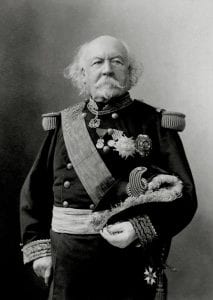
François-Certain Canrobert (1809–1895), Marshal of France.
The Philipsburg, Farnham & Yamaska Railway obtains its charter on December 23, 1871. The company wants to connect Yamaska in the north, near the St. Lawrence River, to Philipsburg in the south, on the edge of Lake Champlain. This will mean joining the line with the Central Vermont Railway and reaching the United States. On December 24, 1875, it will become the Lake Champlain & St. Lawrence Junction Railway. During 1876, the company will begin laying tracks from Sainte-Rosalie (Saint-Hyacinthe) to Farnham. The last sections of track will be completed in 1881, with Saint-Guillaume serving as the end of the line. That same year, the company will pass under the control of the South Eastern Railway. The Municipality of the Parish of Ange-Gardien will contribute $9,000 for the construction of this line. In return, the railway company will commit to building a station and maintaining an agent there. This first station will be lost to a fire in 1884. Following this tragic event, the municipality will pressure the railway company to build the new station at the far end of Rue Canrobert. In 1903, the Canadian Pacific Railway becomes the new owner of the line. Passenger service will be terminated around 1930, and only the express freight train will stay in operation. In the years that follow, the station building will be demolished, and only the freight service for Ange-Gardien millers will be offered, now with Farnham Station as the loading point. The railway line itself will be owned by several American companies in turn, before finally being abandoned in 2013.
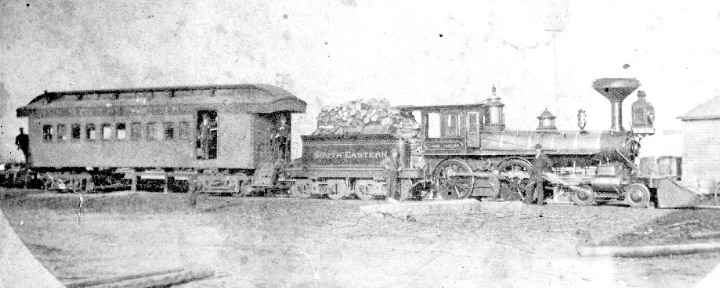
This steam locomotive, named L’Ange-Gardien, was built in 1880 and operated on tracks owned by the South Eastern Railway. Note the large pile of wood for fuelling the boiler.
Pierre-Zéphirin Bertrand, son of Joseph Bertrand and Élisabeth Bouchard, was born on April 2, 1881. On May 25, 1914, he married Oda Richard in Farnham. At this time he was an agent for the Canadian Pacific Railway. On August 25, 1916, upon the baptism of his daughter Madeleine Yvette Rita in Canrobert, the parish priest described Zéphir as “the station operator”. He died on July 25, 1955.
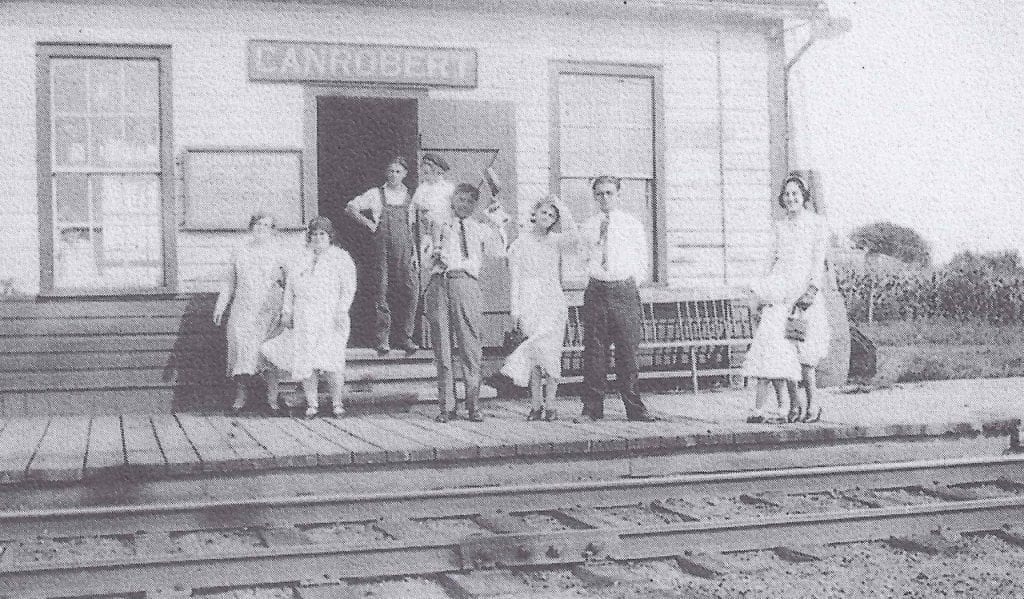
Pierre-Zéphirin Bertrand on the platform of Canrobert Station. He is holding a child on his right shoulder and tipping his hat.
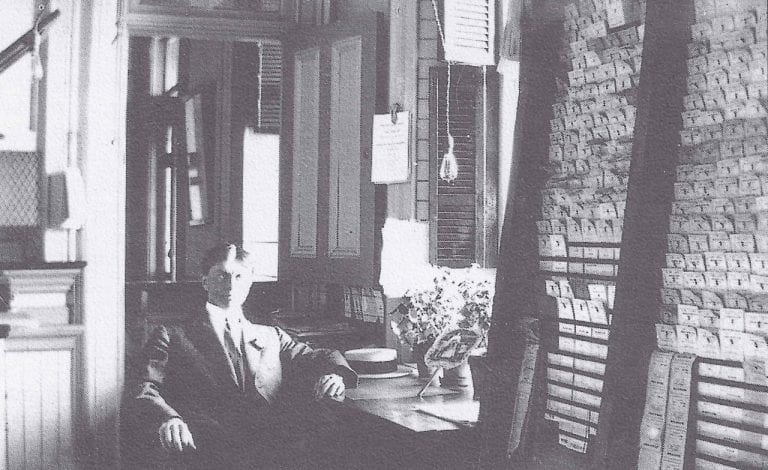
Pierre-Zéphirin Bertrand in his office at Canrobert Station.
Pierre-Zéphirin Bertrand dans son bureau à la gare de Canrobert.
Pierre-Zéphirin Bertrand dans son bureau à la gare de Canrobert.
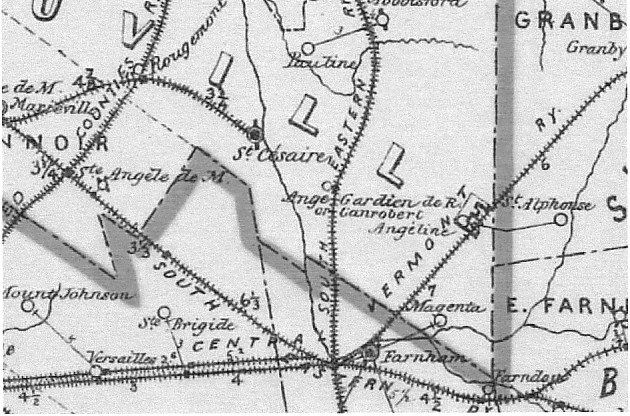
Electoral Atlas of the Dominion of Canada, 1895. Along the railway lines, in the centre, appear the stations of “Ange-Gardien or Canrobert” and “Angéline”.
This small area of settlement is located where Rang Saint-Georges meets the Stanstead, Shefford & Chambly Railroad. In 1859, the Farnham–Granby section of the railway is inaugurated. In 1861, at the official opening of the train route between Saint-Jean and Waterloo, this railway has 43 miles of main line and 5 miles of siding. Its tracks cover much of the territory of Ange-Gardien. Angéline Station is the first stop on the section of track leading to Granby. This name most likely derives from another English designation for the station, Angel Line. Passenger service is discontinued in 1962 and the station will be relocated to serve other purposes in 1966.
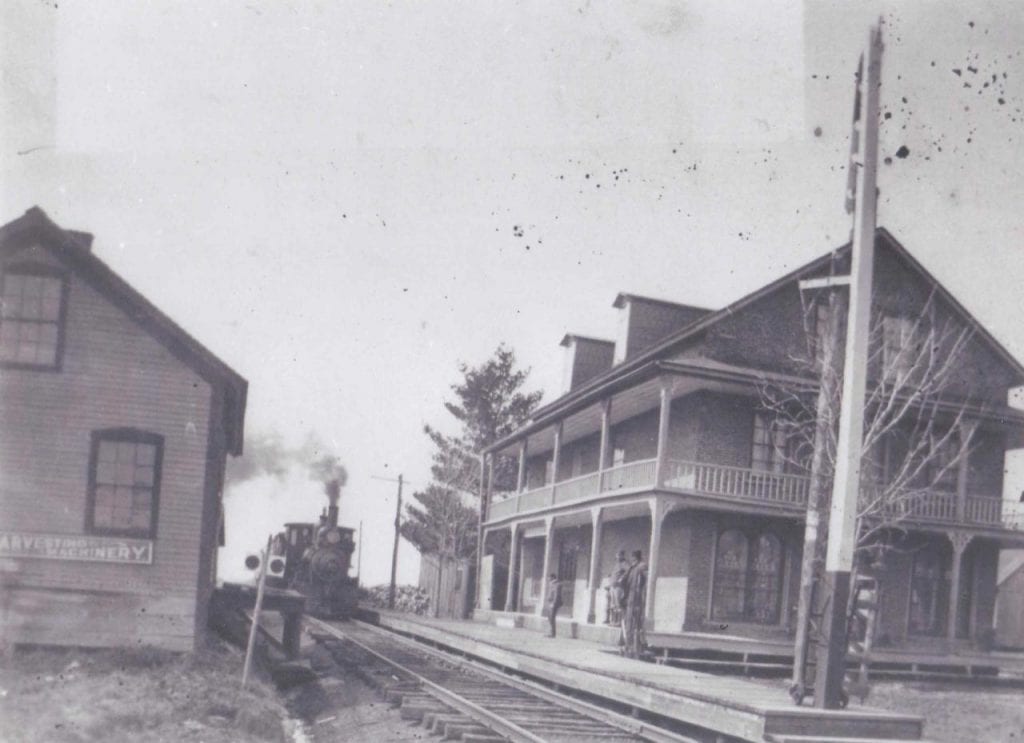
A steam train arriving at Angéline Station. On the left-hand side is the freight shed.
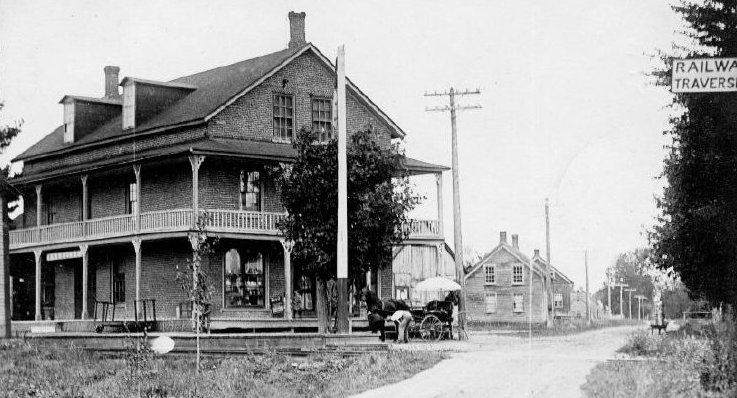
Angéline Station around 1910.
At Angéline, we find a quite remarkable hotel that has been owned for many years by the Boisvert and Dubé families.
The main floor contains the post office (in operation from 1873 to 1959), the telegraph room, the ticket office, the general store, a dining room, two kitchens and a large salon.
The second floor contains five spacious rooms reserved for travellers, and the private apartments of Mr. and Mrs. Dubé.
On the third floor, there are more private rooms solely for employees and the family.
A cheese and butter dairy was present in Angéline from 1897 to 1916. There was also a stable where travelling salesmen could hire a horse and carriage.
Local author Azilda Marchand explains why the railway was so valuable: “In addition to supporting the trade in milk, hay and livestock between the United States and Montreal, and to improving the postal service, these two railway lines will provide employment for many local people. In addition to transforming the domestic economy, the expansion of railway service into the countryside will mean a regular supply of goods and services in all seasons—something that was previously unknown. Sellers of farming and tillage equipment will use it extensively. The sales catalogue will make its appearance as a marketing tool in the 1870s and 1880s. It allows dealers and merchants in the large cities to sell directly to customers in rural areas by using the railway and the postal service as their delivery system.”
Location of the pannel on La Route des Champs


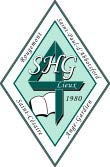
Research and text
Gilles Bachand, historian
Société d'histoire et de généalogie des Quatres Lieux
References and photographs (2020)
Archives of the Société d’histoire et de généalogie des Quatre Lieux
Archives of the Société d’histoire de la Seigneurie de Monnoir